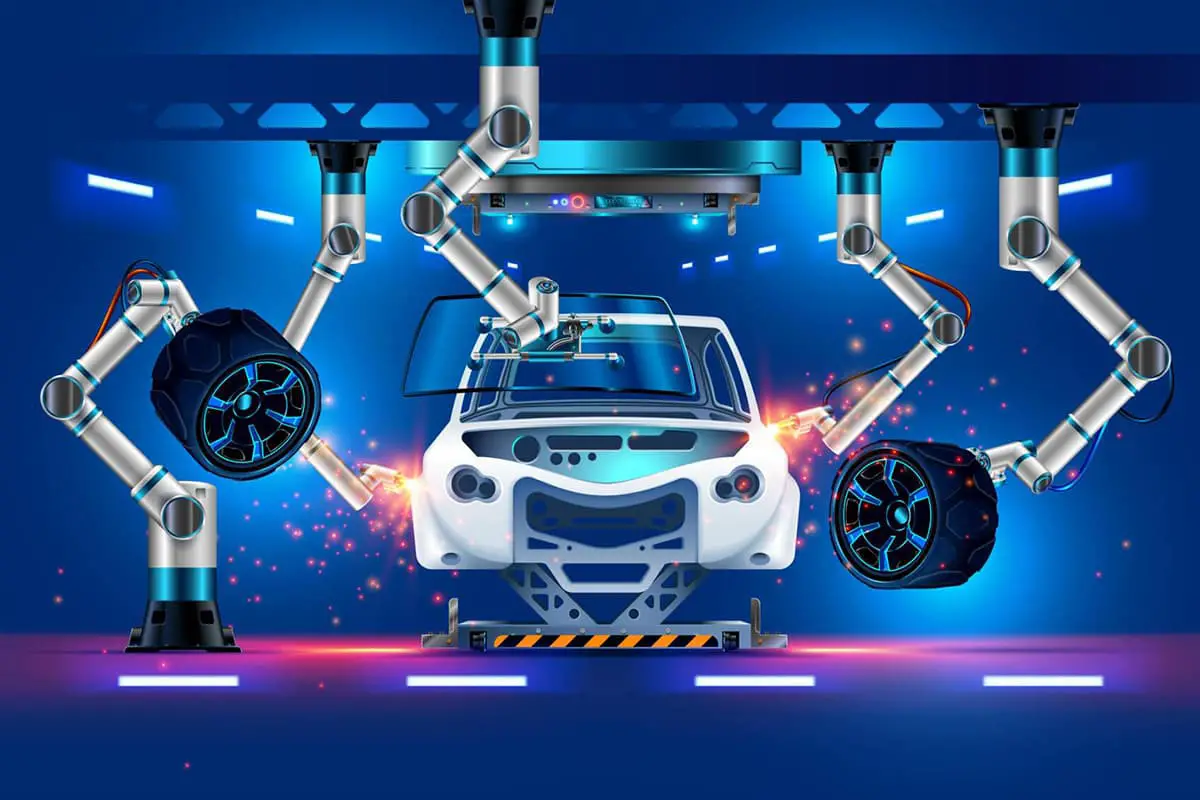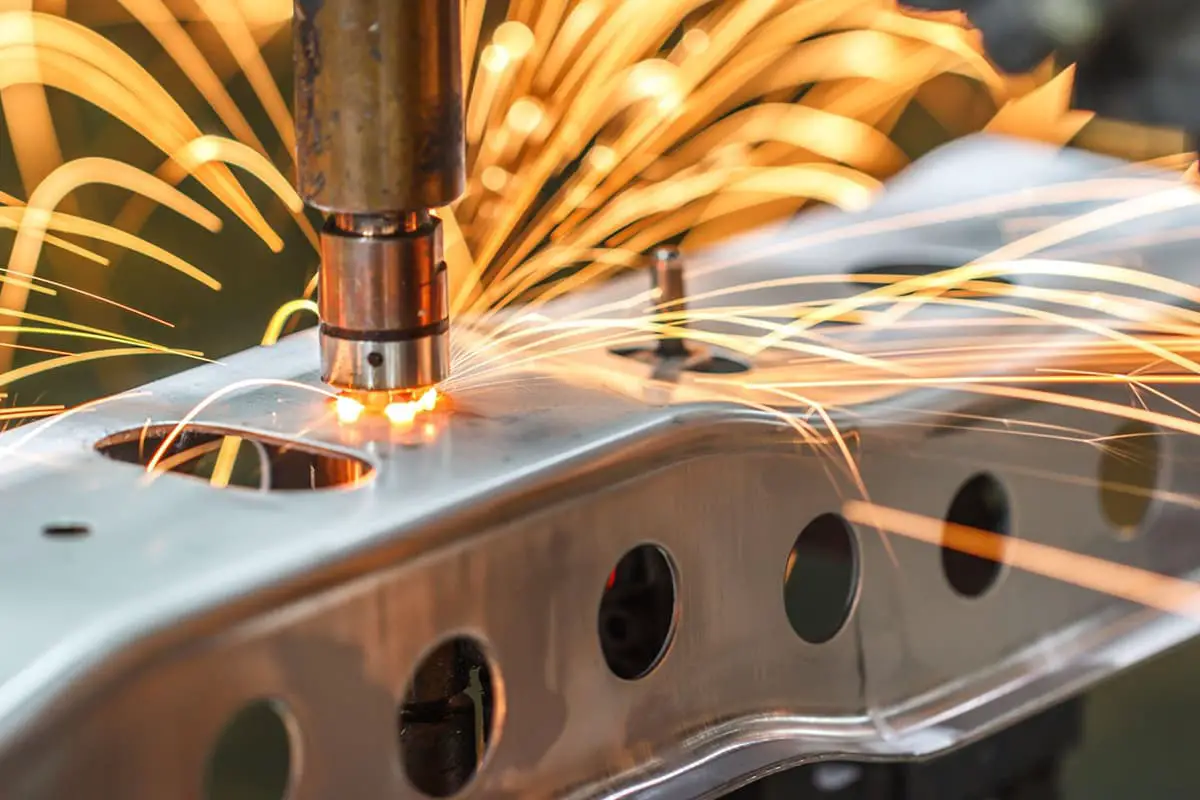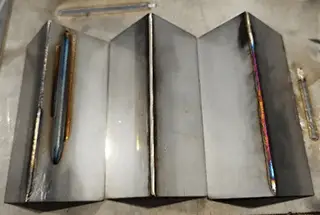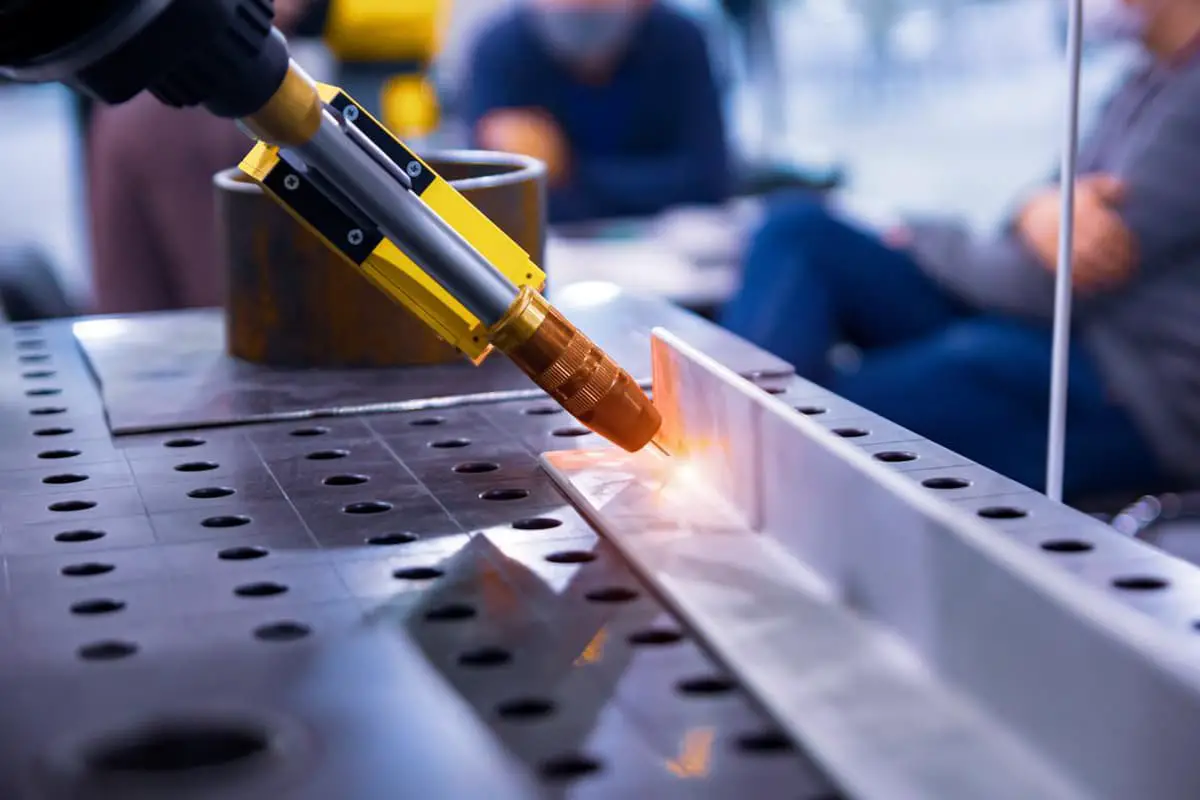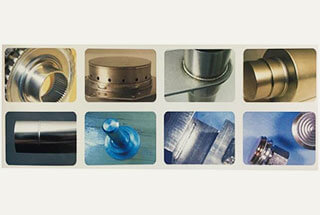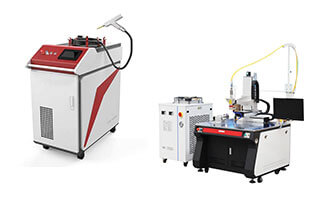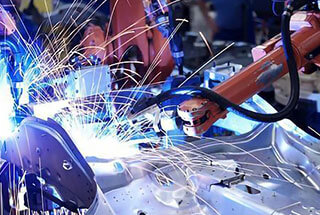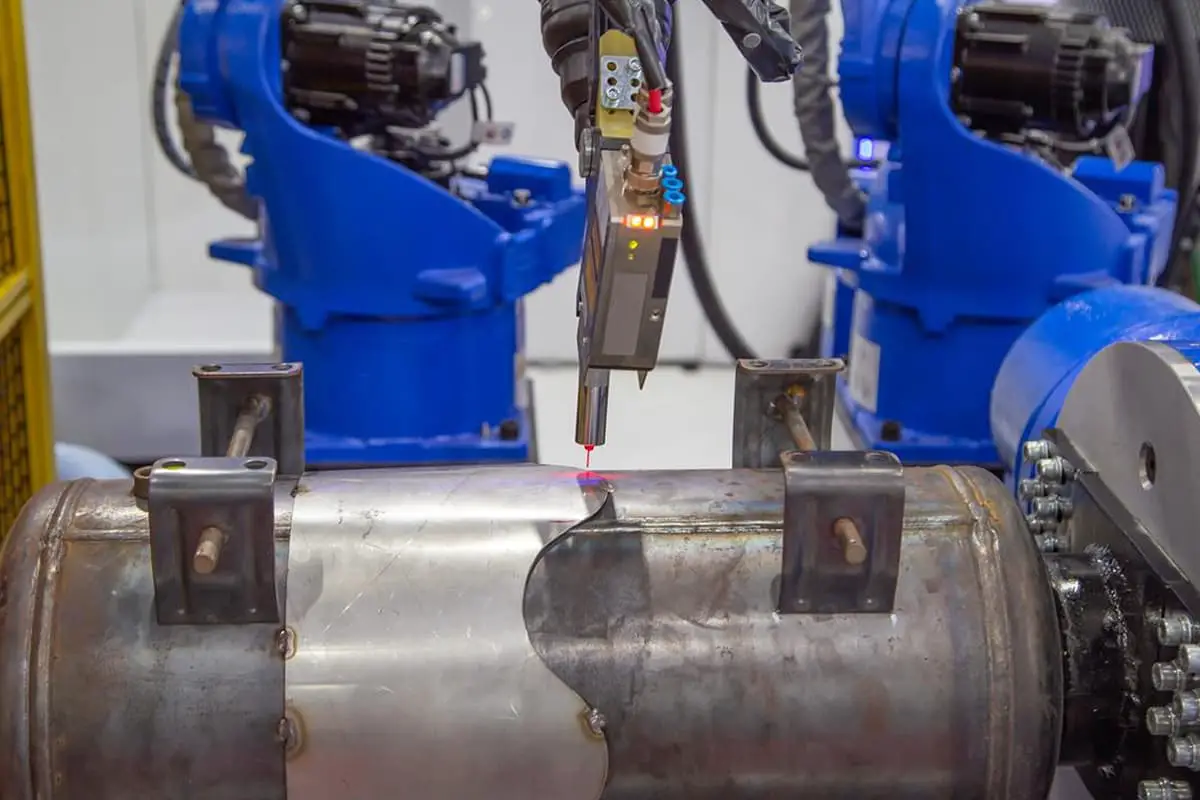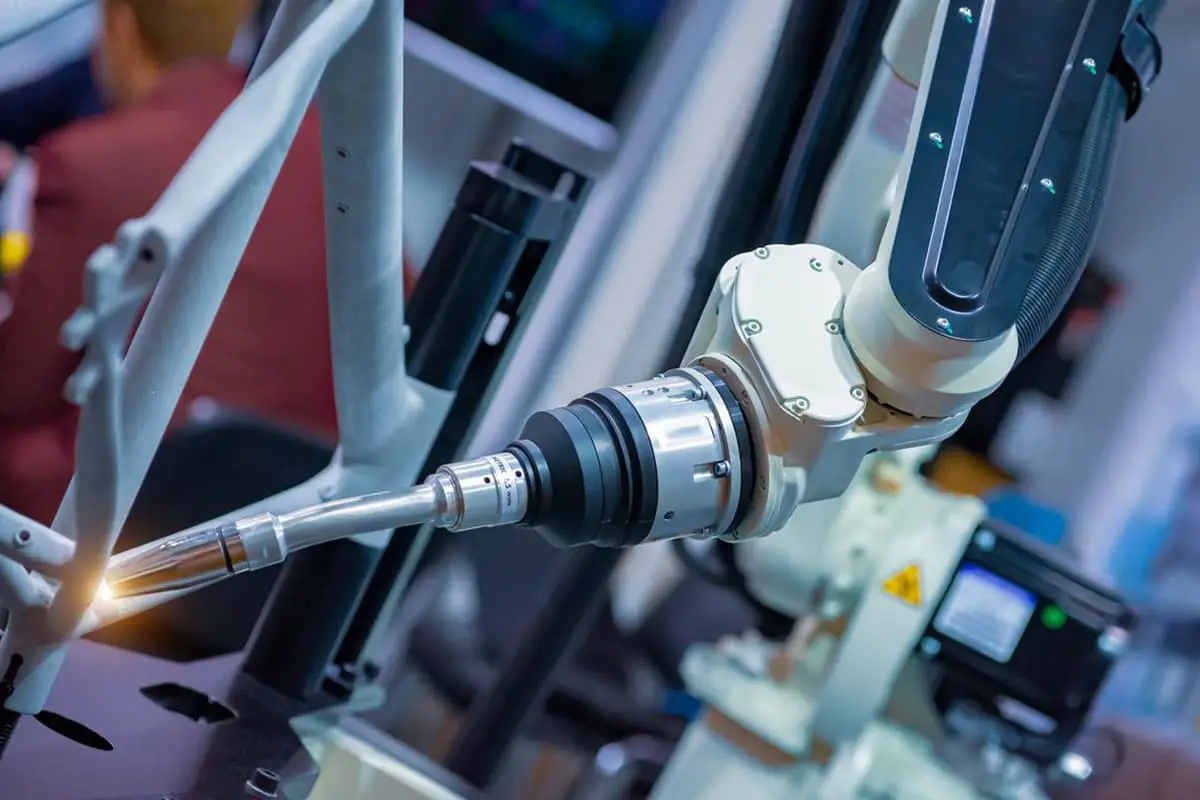
How will laser welding revolutionize future manufacturing? Laser welding technology is transforming industries with its precision, efficiency, and ability to handle diverse materials. This article delves into the advancements, applications, and potential of laser welding, from automotive to aerospace. Learn how this cutting-edge technology addresses traditional welding limitations and enhances production quality, offering insights into its future impact on manufacturing processes.
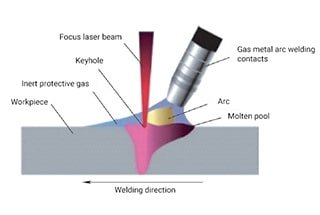
Compared to traditional welding methods, laser welding (as illustrated in Figure 1) offers several advantages, including:
As a result, laser welding is widely used in equipment manufacturing industries such as automobiles, ships, and aerospace, and is expanding into new material processing applications.
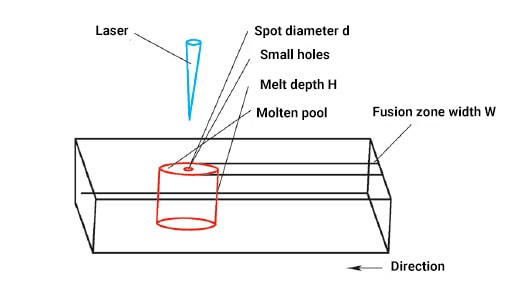
Figure 1 Principle of laser welding
In order to remain competitive in the global manufacturing market, leading manufacturing nations have introduced strategies aimed at modernizing and upgrading their industries. Examples of these initiatives include Germany’s Industry 4.0 and the American Industrial Internet, which aim to promote technological innovation and provide key funding for the manufacturing sector.
Laser welding, as a crucial component of advanced equipment technology, has garnered significant attention in these efforts. To address the needs of welding, various new laser welding technologies have been proposed to solve practical problems.
For instance, Professor W. Steen from Imperial College London introduced the concept of laser-arc hybrid welding. This technology addresses the limitations of traditional laser welding and broadens its range of applications. The combination of laser and arc welding enhances the advantages of both, reduces the size requirements for the welding gap, minimizes cracks and pores during welding, and improves the performance of the welding component.
So far, laser welding technology has developed into many types, such as:
Intermediate process control technologies, such as laser seam tracking and real-time monitoring of the welding seam process with high-speed cameras, have been developed to address the limitations and deficiencies of laser welding. Additionally, defect processing has also been implemented to further improve the laser welding process.
In recent years, both domestic and foreign research teams have been actively exploring and studying the most suitable process parameters for laser welding from the perspective of laser movement and heat source combination. This has led to improvements in various laser welding methods, including laser deep penetration welding and laser-arc hybrid welding.
Research on laser welding is not limited to just appearance, as modern characterization methods such as high-speed cameras and spectral analysis are being utilized to study the process characteristics of welding and understand the formation mechanism of weld defects.
However, the internal changes during laser welding are complex. To address this, research teams have been experimenting with the application of external energy sources such as magnetic fields, multi-arcs, and electric fields to the laser welding process. This is aimed at reducing weld defects, improving mechanical properties, and enhancing the overall quality of welding.
Laser welding can deliver high-quality joint strength and deep welding with a large depth ratio. In comparison to traditional welding methods, it boasts a higher power density and a better welding effect on difficult-to-weld materials, as well as the ability to weld materials of varying properties. This has prompted extensive research by scholars both domestically and internationally.
In China, the focus of research on laser technology primarily centers on the parameters of each welding process, such as welding speed, laser power, defocusing amount, laser pulse waveform, and shielding gas flow. Researchers also study the mechanical properties, structure evolution, and regulation of the welded joints.
Laser pressure welding is a unique form of laser welding that merges laser-induced heating with traditional flat-seam welding. The process involves partially melting the workpiece with a laser beam, followed by rolling under high pressure to produce the welded joint. This technology is advantageous as it avoids welding defects such as shrinkage and gas cavities due to the narrow melting zone. It is also suitable for connecting thin plates.
The research team conducted a study on the structure evolution during the laser pressure welding of pure aluminum, as illustrated in Figure 2. The team investigated the basic aspects of microstructure evolution during the pure aluminum welding process. Through a thorough analysis of the specimen’s microstructure during the laser pressure welding process, it was concluded that the solidification process began before rolling, leading to newly crystallized material undergoing plastic strain.
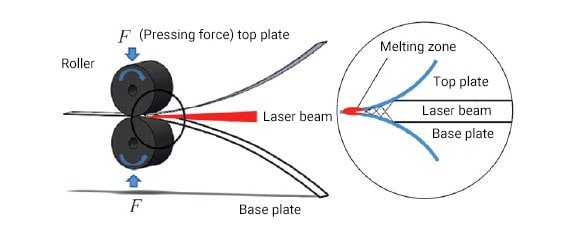
Figure 2 Principle diagram of laser pressure welding
Laser-Arc Hybrid Welding, as depicted in Figure 3, is a promising processing method of the 21st century and has been extensively researched by scholars. The researcher studied the welding of 50CrV/SPHE dissimilar steel by adjusting the process parameters and analyzed the impact on weld formation and droplet transfer.
The research results indicate that the optimal laser power range is between 2800 to 3400W, which leads to uniform heating of the welding wire and a stable welding process. By combining oscillating scanning with laser-arc hybrid welding, the defects of the weld can be remedied.
The research team also welded aluminum alloy materials using horizontal, vertical, and circular oscillation scanning methods. High-speed cameras and spectroscopy were used to analyze the changes in the droplets. The results showed that the optimized parameter range for the circular scanning method is larger than that of the horizontal and vertical directions, promoting interaction with the plasma to form droplets with smaller diameters, which is beneficial for grain refinement.
In comparison, the energy of the plasma arc is more concentrated and it was found that laser-plasma arc welding has good adaptability to gaps and misaligned edges in flat welding.

Figure 3 Laser-arc hybrid welding
International research on welding technology has focused on improving welding conditions and incorporating external energy. With the aim of exploring the potential of this process for connecting large, safety-critical nuclear components, such as steam generators or pressurized water reactors (PWR) boosters, vacuum laser welding technology was employed. The technology was used at a speed of 150mm/min with a 16kW laser to produce 80mm thick welds of SA5083 grade steel in two weld passes.
The advantages of vacuum laser welding were introduced and compared to electron beam welding in terms of process physics. It was concluded that vacuum laser welding is worth further development due to its potential to support future nuclear energy construction plans.
Bunaziv I et al. investigated the cold metal transfer pulse (CMT+P) arc mode while using fiber laser-MAG hybrid welding. The team used metal-cored wire to weld 45mm thick high-strength steel (butt double-sided welding) and compared the influence of different pulses and the front and rear pilot arc on the weld.
When compared to traditional pulse arc welding, it was found that both methods can deliver high-quality welding. However, the CMT+P mode provides more stable droplet transfer within a limited range of feed speed.
Laser welding technology is a contact-free welding method that boasts faster speed and higher efficiency. The intermediate process treatment plays a critical role in determining the quality of the welded joint.
In China, laser welding process control (as shown in Figure 4) mainly focuses on monitoring the welding process with the aid of optical devices. For instance, laser welding seam tracking and high-speed cameras are used to monitor the weld seam in real-time.
One example of this monitoring is the use of a high-speed camera system to observe the real-time formation process of pores and splashes during the laser welding of DP780 galvanized high-strength steel. The escape route of pores was studied from a dynamic perspective.
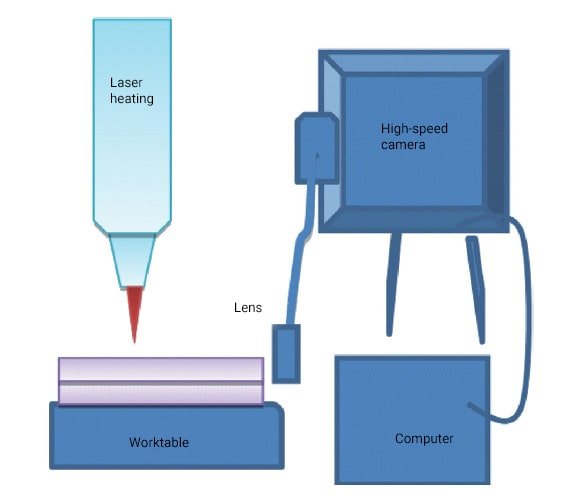
Figure 4 Layout of the welding test process
The laser welding head is equipped with a CCD video tracking module and a method of automatic weld seam detection using a line laser has been proposed. This method leverages laser triangulation to gather information such as the height and width of the weld.
The principle of straight-line laser detection is demonstrated in Figure 5. During laser welding, a straight-line laser beam is directed vertically towards the welding seam, and the image is captured on the CCD image plane through diffuse reflection of the upper surface of the workpiece. Each weld feature point on the image plane uniquely corresponds to a point on the workpiece surface.
For tracking algorithms, a high-precision and fast-speed nuclear-related filter target tracking algorithm is used to track the positions of straight and curved welds respectively. The error between the data fitting curve and the experimentally obtained weld shape is within 5%, demonstrating high agreement, and delivering a good real-time tracking effect.
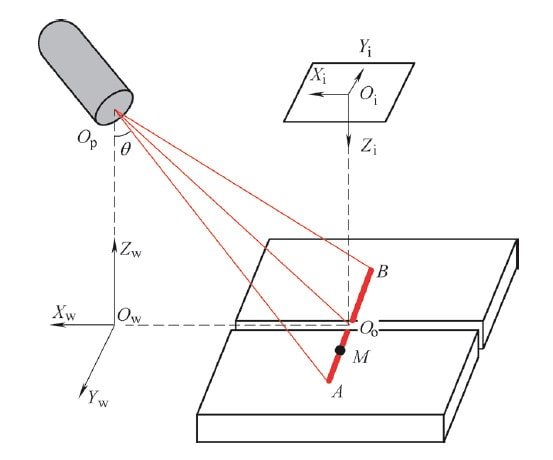
Figure 5 Principle of straight-line laser detection
Foreign research has focused on investigating the integration of external energy into the welding process and utilizing artificial intelligence to simulate and predict welding outcomes. The study of welding copper materials used in the interconnection of lithium-ion batteries and high-power electronic devices was conducted by combining additional parameters such as oscillation frequency and amplitude with the spatial power modulation method that involved a linear feed with superimposed circular motion. The results indicate that not only can the size of the connection area be increased, but the stability and quality of the laser welding process can also be improved.
However, when welding certain special metals, the solder may not fully mix in the molten pool, leading to uneven element distribution in the weld. To address this issue, researchers used an oscillating magnetic field to generate a non-conservative Lorentz force component in the molten pool, thus improving the distribution of elements across the thickness of the material. Spectroscopy (EDS) was used to analyze the distribution of two tracking elements (Ni, Cr), and the results showed that rotating the magnetic field 30° in the welding direction significantly improved the distribution of the solder.
This research provides strong evidence for the effectiveness of magnetic fields in welding. Belitzki proposed a method to minimize deformation in complex frame structures with multiple welds by using an artificial neural network to establish a meta-model that predicts local deformation based on welding parameters in sub-areas. The genetic algorithm was employed to find the optimal welding parameters that would result in the least deformation globally. The results indicate that this method can effectively and accurately identify the best parameters among over 1 billion potential combinations.
The application of laser welding is widespread, but the process is often accompanied by defects such as cracks, pores, and spatter.
Considerable research has been conducted both domestically and internationally. Researchers have employed oscillation, pulse, and other techniques in combination with laser welding.
The study of the principle of laser welding places equal importance on integration with industrial equipment and the use of new products to drive research efforts. The research is highly practical.
Domestic research is primarily focused on finding solutions for defects in laser welding joints and investigating the formation mechanisms of these defects in detail. Teams use simulation analysis, scanning electron microscopy, and other methods to study issues such as molten pool splash and the Fresnel absorption effect.
When high-power lasers are directed at the work surface, they quickly vaporize the material and create a keyhole. The Fresnel absorption effect of the molten pool and keyhole determine the quality of the welding.
Figure 6 illustrates porosity defects caused by laser welding of galvanized DP780 high-strength steel. Research on the keyhole and Fresnel absorption of laser deep penetration welding has revealed that multiple laser reflections within the keyhole result in an uneven total power density of Fresnel absorption, with greater density near the bottom of the keyhole than the top. The reflection of the laser is a crucial factor affecting this density distribution.
Single-focus laser welding has certain limitations. For instance, temperature control during welding is not possible, and high thermal sensitivity of the material can lead to the formation of cracks within the weld.
To stabilize the welding process, many researchers have studied dual-focus laser welding. Some have examined the stability of the keyhole and the flow of the molten pool of aluminum alloys in a dual-focus laser arrangement.
A coupling model was established for the welding transient molten pool and internal flow in dual-focus laser welding of aluminum alloys, using the ray-tracing method to create a heat source model that takes into account the Fresnel absorption effect, steam recoil force, and internal flow of the molten pool.
Research results indicate that dual-focus laser welding is more stable and controllable, with a significantly weaker fluctuation of the keyhole compared to single laser welding.
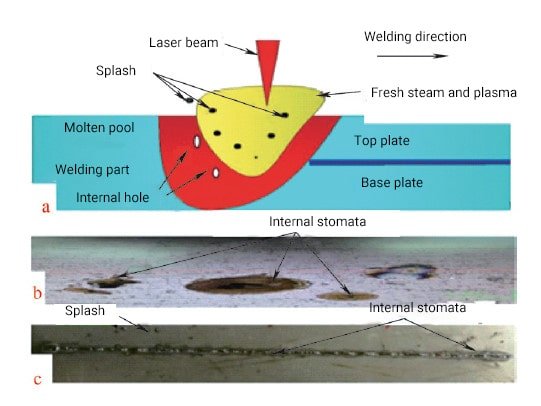
Figure 6 The principle of pore defects in laser deep penetration welding
Compared to foreign countries, domestic research focuses primarily on the alteration of the laser beam’s morphology, with a majority of studies dedicated to investigating the impact of the number of laser beams on laser welding defects.
Foreign research groups have made efforts to uncover the formation mechanism of keyhole collapse and molten pool splash through the use of novel optical components.
Additionally, some foreign researchers have attempted to enhance laser welding by introducing new techniques, such as beam oscillation or laser power modulation, in an effort to reduce defects.
Volpp J. employed a newly developed multifocal beam-shaping optical element, which can generate multiple laser beams in the axial direction. This component can be utilized to alter energy input in the keyhole and surrounding areas, providing insights into the mechanism of spatter formation and evaluating the potential of axial beam shaping to reduce defects in deep penetration laser welding.
The results reveal that under high-intensity light exposure, the number of splashes can be effectively reduced, keyhole collapse is prevented, the upper keyhole section receives sufficient energy input, and liquid splash is minimized.
After several years of research and development, laser welding technology has been successfully implemented in various equipment manufacturing industries, including the automobile, oil and gas pipeline, and tram equipment industries.
This article will focus on introducing the core components of the laser welding system and its practical applications in material processing engineering.
(1) Laser generator
The laser generator is the central component of the laser welding system and is responsible for producing laser light.
Lasers are comprised of three essential parts: an excitation system, a laser-active medium, and an optical resonant cavity.
Over the years, the performance of lasers has greatly advanced, and there are various types of lasers available, including fiber lasers, semiconductor lasers, CO2 lasers, and others, as depicted in Figure 7.

Figure 7 Laser generator
Foreign laser companies of exceptional quality include Coherent and Trumpf, which have inherent advantages in their laser technology. After extensive research and development, their lasers have achieved high beam quality, high photoelectric conversion efficiency, and exceptional stability.
The spot produced by a semiconductor laser is more focused compared to that of a fiber laser, with a more uniform power distribution and lower energy consumption. For instance, the TruDiode series of high-efficiency semiconductor lasers has earned the trust of users with its outstanding results, low investment costs, and operating expenses. This laser can provide stable laser power up to several kilowatts.
Some typical applications for these lasers include deep penetration welding, heat conduction welding, laser metal cladding, brazing, and plastic welding, with an efficiency of up to 40% that reduces production operating costs. The TruDiode laser is also highly sophisticated, as it doesn’t require an extra resonant cavity structure.
CO2 lasers are a popular type of gas laser that can utilize the energy level structure of CO2 molecules to produce spectral output in various wavelength bands. They have superior thermal performance compared to solid-state lasers, and can store a large amount of heat, making them ideal for high-power laser applications.
The domestic laser industry has the advantage of being able to catch up quickly. After years of technical research, numerous outstanding laser companies have emerged in China, such as Raycus Laser and Chuangxin Laser. With their excellent laser products, competitive prices, and localized product strategies, these companies have gained a significant share of the domestic laser market.
Figure 7b displays the quasi-continuous fiber laser produced by Raycus. This laser has a small power output ranging from 75 to 300W, with improved compatibility, higher electro-optical conversion efficiency, better beam quality, and lower maintenance costs. It is ideal for industrial applications that require long pulse widths and high peak values, such as laser spot welding and laser seam welding.
(2) Laser welding head
With the advancement of laser welding technology, various types of laser welding heads have been introduced to meet the diverse needs and functions of welding. Figure 8 showcases these different types of laser welding heads.
Starting from the left, there is the welding head, followed by the laser galvanometer scanning head, and finally, the welding swing head double spot and beam shaping head. The latter can handle power up to 50kW.
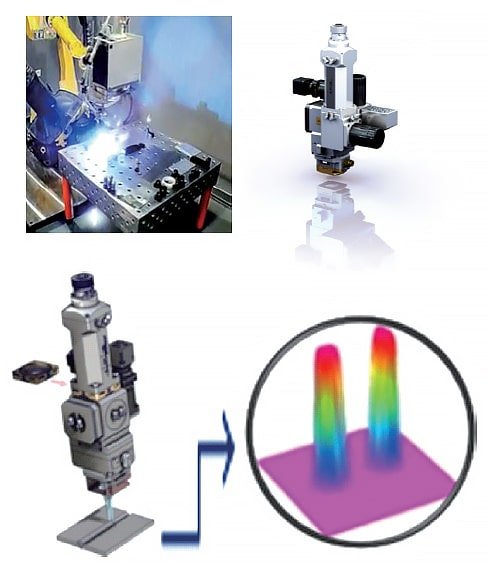
Figure 8 Common laser welding head
The design and application of the welding head are based on the actual welding requirements, providing solutions for different welding needs. For instance, when the laser needs to be split into multiple beams to enhance welding efficiency, the use of a scanning galvanometer welding head can effectively address the requirement for high efficiency.
As shown in Figure 8, the swing welding joint can significantly improve the internal and external quality of the weld, as well as enhance the weldability of materials that are prone to defects.
Laser welding has been utilized in the automotive manufacturing industry and other fields from the start, as shown in Figure 9. Over time, its use has expanded to shipbuilding, aerospace, semiconductor, electronic industries, and consumer products. It has moved from traditional fields to more diverse and in-depth material processing applications.

Figure 9 Laser welding applications in the automotive sector
The automobile manufacturing process primarily employs laser welding technology for the tailor welding of body plates with varying thicknesses, body welding, and welding of auto parts.
The use of laser welding technology reduces the weight of the car body, leading to improved energy efficiency and reduced emissions. It also reduces the stamping and assembly costs during the manufacturing process, enhances the assembly accuracy, rigidity, and overall integration of the car body, thereby improving comfort and safety.
Laser welding has become a popular method in the automotive industry. Figure 9b illustrates the workshop of a domestic auto parts company, where the car door is laser brazed and welded. The company uses a larger laser spot of 2-4mm and a laser power of 2-4kW, and employs contact tracking to test the edge nodes. After calibration, it was found that the weld seams were narrower than those produced by other welding methods, resulting in a better overall appearance of the car body. Testing showed that the strength of the welds had significantly improved compared to traditional welding.
When using laser welding, it is important to select the appropriate shielding gas according to the material being joined. Laser welding is faster, more efficient, requires a smaller working area, and produces less deformation than other methods. In some cases, it eliminates the need for heat treatment to reduce residual stress.
Laser welding technology can greatly improve the quality of welded products and increase efficiency in the manufacturing industry, including medical devices. No adhesives are required during the welding process, and very little welding slag or debris is produced. This has greatly contributed to the development of the medical device industry.
The plates used in shipbuilding differ from those used in other mechanical products, and laser welding technology can effectively address issues with longer weld seams and warpage in ship plates. The laser welding process has a wide range of engineering applications, including welding seam positioning, cross-sectional scanning, and online surface formation monitoring.
Figure 10 displays the new laser welding whole-process monitoring system LDD-700, which is based on coherent interference imaging technology. Its 3D imaging mode allows LDD-700 to adapt to changes in the keyhole geometry of different processes, providing the basic ability for accurate depth measurement. The system’s powerful software supports customized monitoring solutions to meet the varying requirements of different processes.
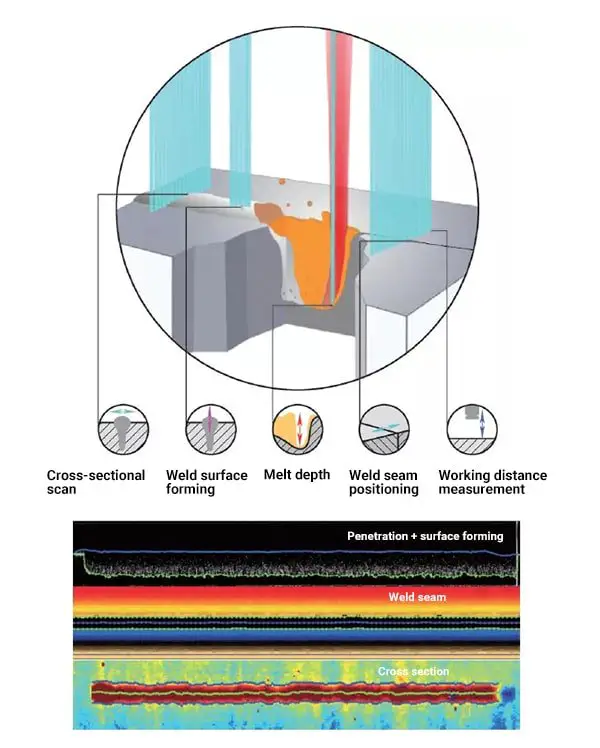
Figure 10 Engineering application of laser welding monitoring process
Laser welding is also extensively used in the connection of petroleum pipelines. The implementation of robot laser welding improves both the efficiency and reliability of the welding process, as well as the quality of the welded joints.
As a cutting-edge high-energy beam welding technology, laser welding has several advantages, such as the absence of a need for a vacuum environment, focused heat input, minimal thermal deformation, a high aspect ratio of the weld, high accuracy, and the ease of achieving automatic welding.
It has been determined that laser welding is the most appropriate method for sealing the coil box in CC.
The development of laser welding has made great progress through research and engineering application in process processing, welding process treatment, and resolution of welding defects.
Research in this field mainly focuses on two aspects: improving the laser welding process and exploring new techniques.
First, scholars study the causes of defects in the laser welding process and continuously improve the processing parameters to reduce or eliminate these defects. Second, they explore the combination of external energy sources, such as magnetic fields and oscillation, with laser energy to improve stability and resolve welding defects, ultimately enhancing the performance of welded joints.
Laser welding has expanded its application field from initial heat conduction to current multi-field coupling research. Semiconductor lasers have improved their photoelectric conversion efficiency, with lower energy consumption and more concentrated light spots, which is the trend in new laser development.
With ongoing breakthroughs and innovations in laser equipment, it is expected that laser welding technology will continue to expand its application in more material processing fields, driving the upgrading of manufacturing industries.

